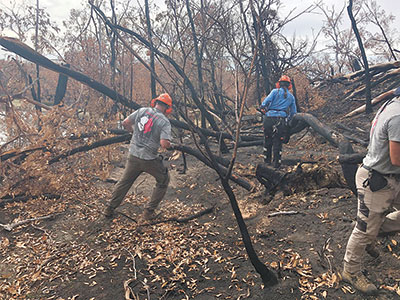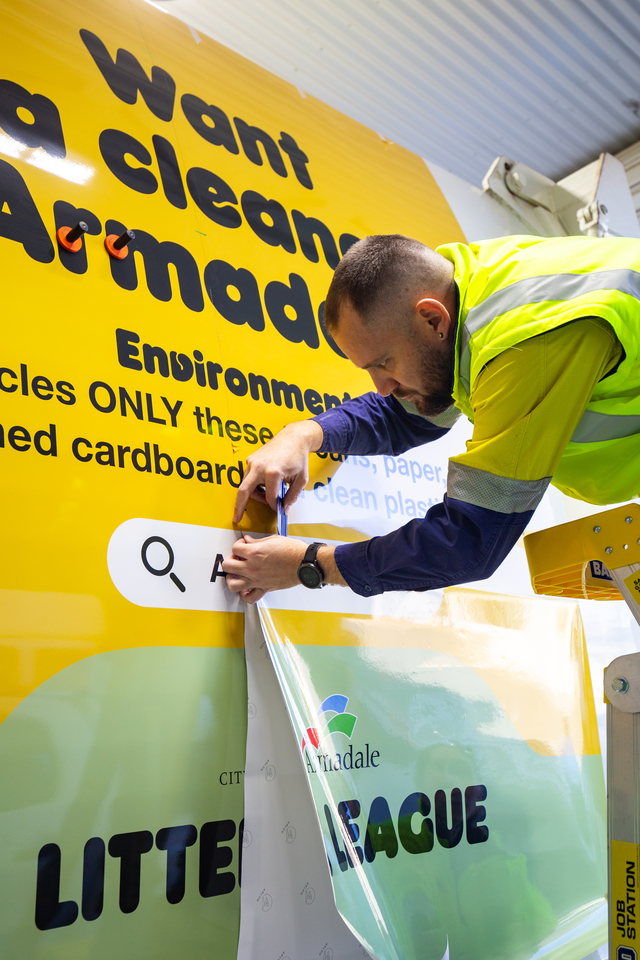Adelaide Hills Council, South Australia, is seeking additional funding to enable it to respond to community bushfire recovery needs.
Mayor, Jan-Claire Wisdom, said, “We are grateful for the initial $1 million contribution from the Federal Government which was supplemented with another $225,000 [last] month.
“But we’ve spent more than $1.5 million so far just clearing trees at risk of falling on roads and there’s more to come.”
Sixty-seven homes and more than 500 outbuildings and sheds were destroyed in the Adelaide Hills Council district.
Council expects to receive development applications to rebuild most of those requiring extra planning staff to cope with the workload.
Council also wants to support events and maintain communication channels focussed on tourism and building community resilience.
“Events are important to our community and even more so as part of the recovery process with extra events being held on top of those long-standing events already planned.”
Council has had an arborist working full time on assessing and managing burnt roadside trees since the fire.
“About two-thirds of the tree work is done but they’ll all need reassessing as the trees reshoot and the winter storms hit. At the same time we’re trying to keep up with all the other tree management needs across the district.
“We’ll need an arborist working full time for at least a year on bushfire tree management along with extra tree crews and contractors.”
Lobethal Bushland Park was completely destroyed by the Cudlee Creek fire, as were 70 ‘bluemarker’ significant roadside vegetation sites.
“We’re absolutely committed to restoring recreational access to Lobethal Bushland Park and seeing it return to being the highest biodiversity value site under the Council’s management.
“We need to replace walking trail markers, boardwalks, fencing and seating, as well as develop a plan to counter weed incursion and erosion. We’ll need resources to get this important community and environmental asset back on track.
“Council has identified ten extra positions that need to be filled to properly support our community, economy and environment to recover from the fires. This includes helping small businesses, developing a ‘community ready for emergencies’ program and connecting primary producers with researchers to document the impact.
“We’re talking to the State Government and the National Bushfire Recovery Agency to get financial support so ratepayers don’t have to bear the entire cost of this extraordinary event.”








